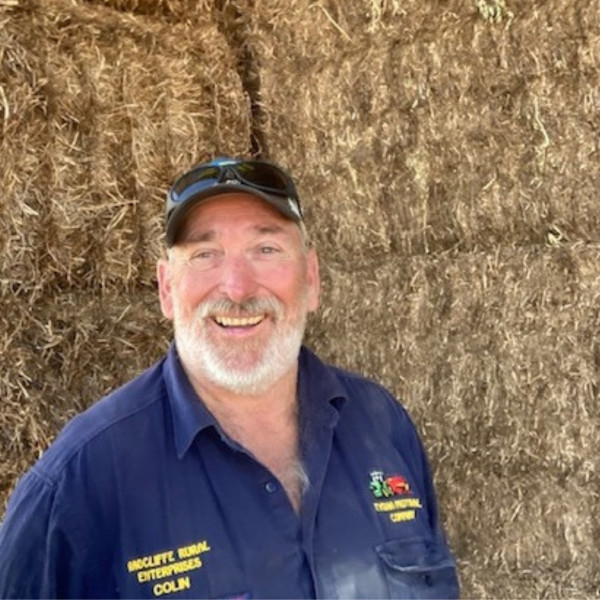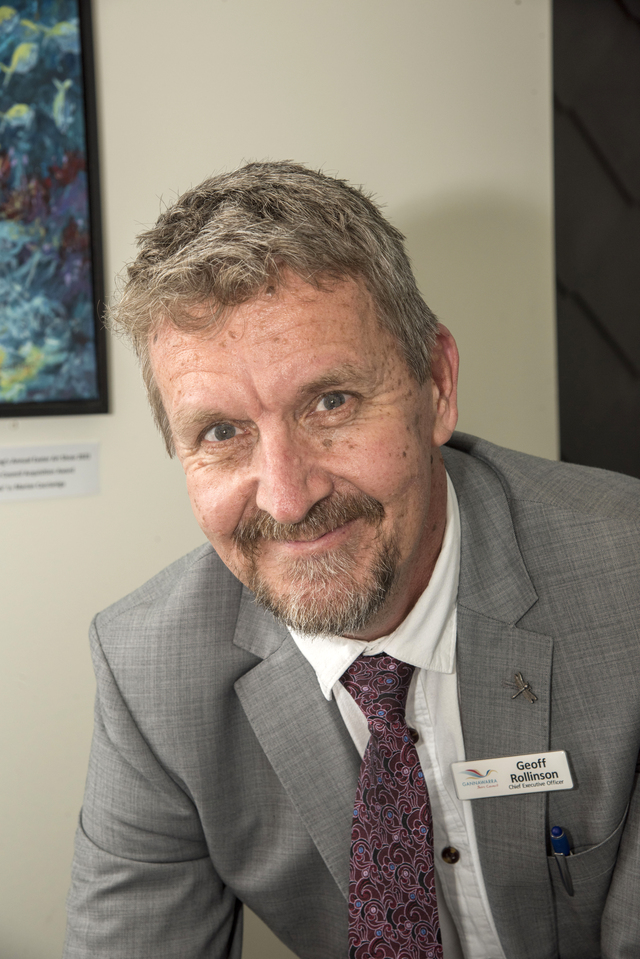AS the green drought drags on, industry specialists are urgently advising farmers to fill their sheds with hay this season to stay ahead of warnings about potential shortages.
Feed Central national sales manager Dave Clothier said already low stocks, compounded by empty hay sheds across the Mallee and Wimmera, meant there would be “a pressing need for more hay”.
He also said the answer for Mallee croppers whether they should make hay this season was already clear.
“There is already a shortage in parts of the country, so growing hay this season could offer substantial rewards,” he said.
“Not only will there be a strong market for it now, and during 2025 because of the current shortages.”
As a result of those predictions, Feed Central and the Australian Fodder Industry Association will host an industry webinar on Wednesday to encourage growers down the hay path.
Fifth-generation farmer Col Radcliffe, whose northern Victorian family business covers about 3500 hectares, including 600 on irrigation, with about 50 per cent of the farm’s production dedicated to hay with a focus on irrigated lucerne for the chaff industry, along with vetch and oaten hays, will be one of the presenters.
He’ll be joined by Ultima-based Pentarch Agriculture’s sales and marketing general manager Robert Ford.
Mr Radcliffe will be advising participating growers to act now to cover predicted production shortages and Mr Ford will discuss the hay export market.
The focus of the webinar will be “is there a market for hay in 2024, and how do I make high-quality hay?”.
The free Tips for a Profitable Hay Season webinar will begin at noon and you can register at bit.ly/476OMkv.
Mr Radcliffe said his business “started the season with a full profile of moisture and we’ve got great potential, but we need rain very soon”.
“As the days go by without rain, we’re losing that potential every day,” he said.
“From everybody I’ve been talking to, it seems like hay production will be down 30 to 40 per cent.
“We’ve had a good run of seasons in this area, but we know we’re going to cop some adverse conditions.
“I believe there’s going to be more requirement for hay, including for the growing feedlot industry.
“If you’ve got sheds that don’t have hay in them, I’d fill them. If you can put quality hay in the shed, it’s always saleable.”
The Radcliffe family also produces grain, but remains dedicated to hay growing, and has some tips for success.
“It comes down to attention to detail,” Mr Radcliffe said.
“Treat it as a hay crop, not just grain growers doing it to fix problems in paddocks.
“We’re dedicated hay growers and give it the attention it deserves right from the previous harvest.
“And make sure you store it in a shed or have it properly covered.”
The hay webinar will also provide domestic and export market updates, a regional round-up of the season from key growers, and provide tips for growers on how to produce the best possible hay on their farms.







